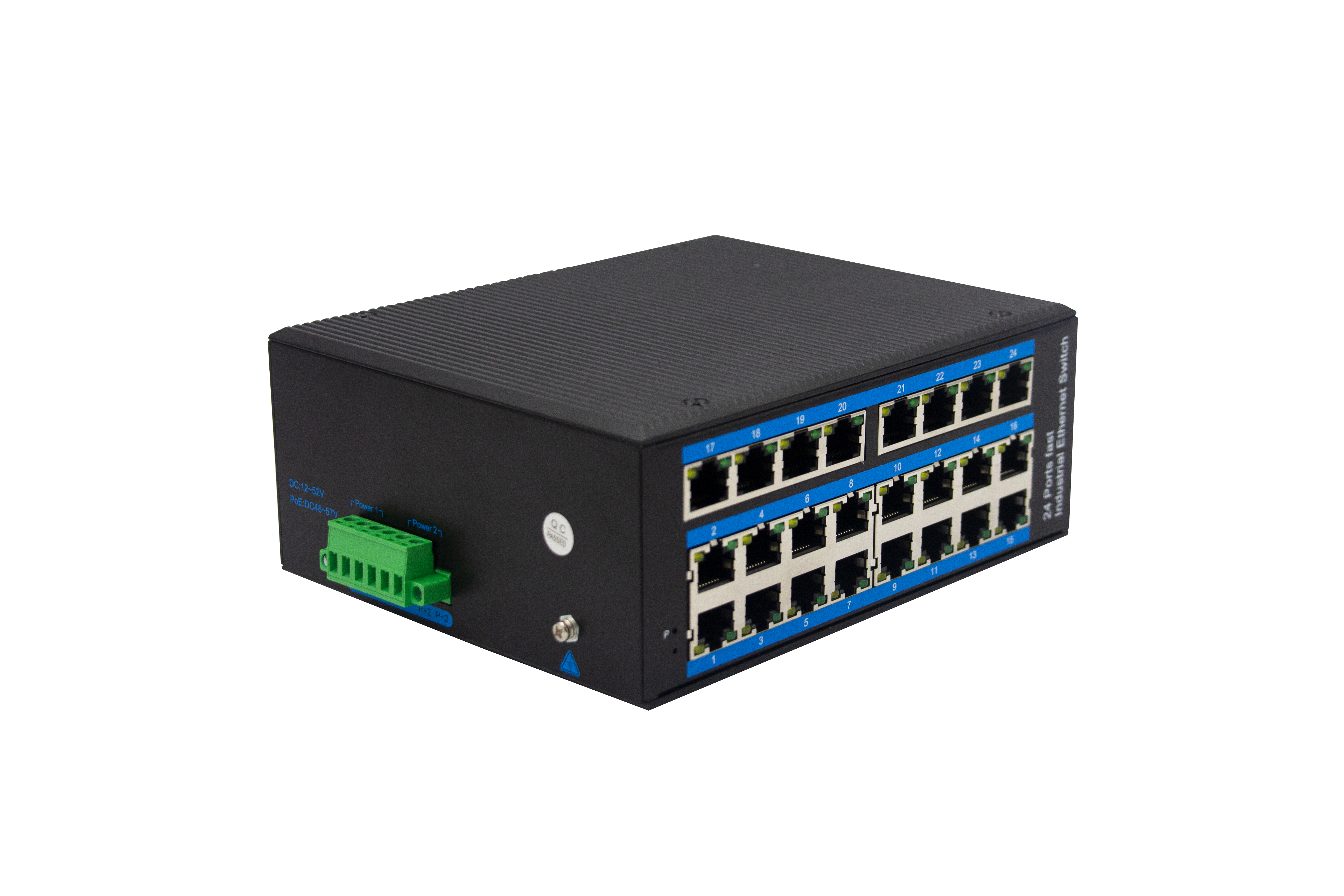.

To fully comprehend the speed of a 24 port switch, it is essential to understand its capabilities and how it can optimize your network performance. A 24 port switch offers multiple Ethernet ports, allowing you to connect numerous devices simultaneously. These switches are commonly used in small to medium-sized businesses, providing a reliable and efficient data transfer. Let's dive deeper into the speed aspects of a 24 port switch.
1. Gigabit Ethernet Ports for Enhanced Speed
A 24 port switch typically comes equipped with Gigabit Ethernet ports, which provide high-speed connectivity. Each port supports data transfer rates of up to 1 gigabit per second (Gbps). This means that each connected device can enjoy seamless and fast communication within the network, enabling efficient data sharing, streaming, and other bandwidth-intensive activities.
The Gigabit Ethernet ports on a 24 port switch are essential for businesses that deal with large file transfers, video conferencing, and other demanding tasks. With gigabit speeds, time-consuming processes can be completed swiftly, enhancing overall productivity and user experience.
2. Non-Blocking Architecture for Uninterrupted Performance
A key feature of a 24 port switch is its non-blocking architecture. Non-blocking refers to the ability of the switch to handle simultaneous data transfers across all ports without any loss in performance. In other words, the switching fabric of a 24 port switch ensures that every port can operate at full speed, regardless of other ongoing transfers.
This non-blocking architecture is crucial for networks with heavy traffic, ensuring that each connected device receives the full speed it requires. It eliminates bottlenecks and minimizes latency, allowing for smooth data flow within the network. Whether you have multiple devices accessing the network or are transferring large files, a 24 port switch with non-blocking architecture ensures uninterrupted performance.

3. Scalability and Flexibility for Growing Networks
As businesses grow, so does their need for an expanding network infrastructure. A 24 port switch offers scalability and flexibility to accommodate the increasing demands. These switches often come with additional uplink ports, allowing you to connect multiple switches together to create a larger network.
With the ability to daisy-chain switches, a 24 port switch can support a network of hundreds or even thousands of devices. This scalability is paramount, especially for businesses experiencing rapid growth or those requiring a robust network infrastructure to support their operations.
Conclusion:
In conclusion, a 24 port switch provides a high-performance network solution for small to medium-sized businesses. With Gigabit Ethernet ports, non-blocking architecture, and scalability features, these switches enable fast and efficient data transfer, ensuring smooth communication and optimized productivity. When shopping for a networking device, considering a 24 port switch with all its speed capabilities is a wise choice.





